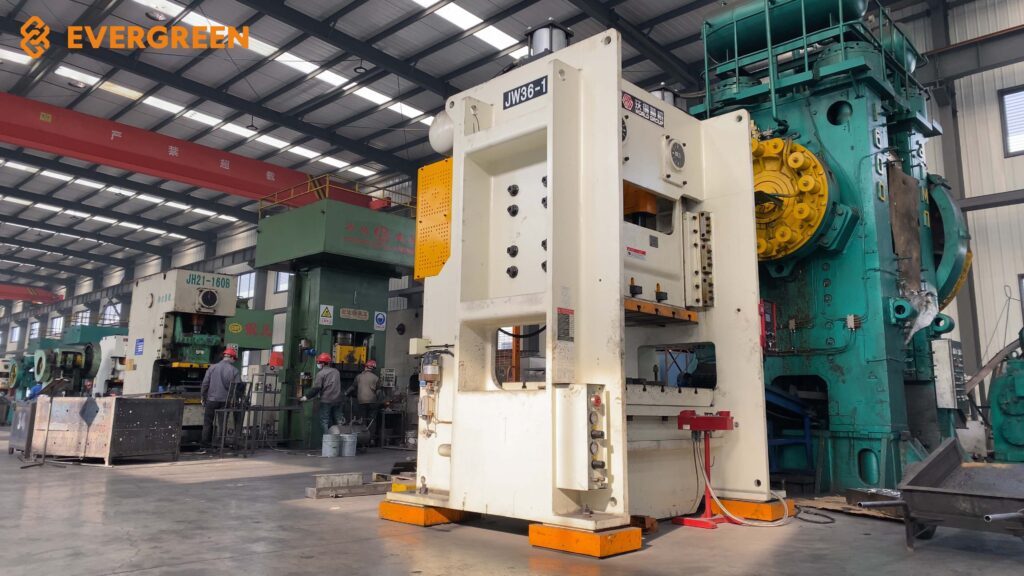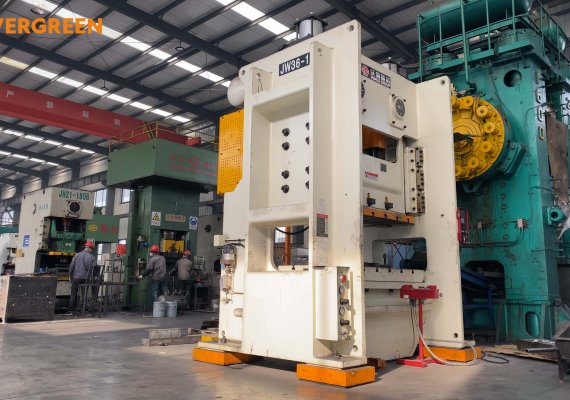The purpose of economic analysis of forging processing is to explore the best technical solution and pursue the greatest economic effect. Any production process must not only formulate the process, determine the process parameters and process equipment, but also discuss the economic effect.
The principle of determining the forging process is to create the most material wealth with the least labor consumption. The optimization of the process is to find the minimum value in the total consumption of materials, equipment, energy, and labor under the premise of ensuring product quality and the number of crucibles. For the forging process, it can be specifically: high dimensional accuracy of forgings, organization and performance meets requirements; less raw material consumption, small equipment investment, simple tools, low energy consumption, low labor intensity, and no environmental pollution.


Techno-economic effects are carried out using the comparative method. When comparing process schemes, there may be more than two schemes. In order to make the analysis conclusion correct, an exhaustive method should be used to list possible schemes or alternative schemes. To this end, it is necessary to carry out forging process analysis, explore various processes and schemes, and prepare conditions for technical and economic analysis and selection of the best process scheme. The tasks of general process analysis can be summarized as follows: according to the functional characteristics, materials, shapes, dimensional accuracy, quality requirements, and production batches of parts, in the existing or available equipment, devices, tools, energy, inspection methods, management level, and personnel Under the condition of quality, put forward various process schemes that can be used.
When conducting process analysis, the following questions must be considered and answered:
①Whether it can meet the function of the part;
②Whether it can meet the technical requirements of drawings and quality standards;
③ Whether the structure of the forging is reasonable and whether there is any excess dressing;
④Whether the residual collision can be reduced;
⑤ Whether the deformation force or deformation function is reduced;
⑥ Whether the metal streamline meets the requirements;
⑦ Whether there are any omissions in the quality assurance process;
⑧Whether the processes and steps have been minimized;
⑨Whether the material is fully utilized, and whether it is possible to forge with other parts together, with multiple pieces in one mold or multiple pieces in one blank;
⑩ Have you considered advanced processes such as cold forging, precision forging, rolling, partial die forging, segmented die forging, combined die forging, and forging and welding?
The steps of the process analysis are represented by the block diagram of the figure. It can be seen from the figure that the process analysis takes specific parts as the object, and comprehensively uses the principles of metal pressure processing, forging technology, metal science, heat treatment, forging equipment and its automation, and other disciplines and factory production practices, from the analysis of the functions and technical requirements of the parts. , explore various possible deformation methods, design a reasonable forging structure, determine the appropriate machining allowance S, tolerances, and process materials, and draw forging drawings. According to the shape and size of the forging and the deformation method, the force of the deformation point S is calculated, and the main forging equipment is selected. Determine the heating temperature according to the forging material and deformation method, and select the heating method and heating equipment. The blanking equipment is selected according to the type of forging equipment, the deformation method, and the size of the blank. Determine the process route according to the quality requirements of the forgings, and select equipment such as trimming, calibration, tip pressure, heat treatment, cleaning, inspection, and flaw detection. Determine the production takt and productivity according to the production batch, and then calculate the number of equipment generations. According to equipment performance characteristics and productivity, calculate various consumption data, such as material, power, blanking, auxiliary material, and mold consumption. According to the selected process, consider the production organization, and equipment characteristics, determine the plant area required for production and the number of production workers, auxiliary workers, and technical and management personnel. Then analyze the advantages and disadvantages of various processes, such as labor conditions, environmental protection and technology, and labor skills needs.
According to the results of the analysis of the steps shown in the figure, several alternative process schemes can be obtained, and the advantages and disadvantages of each scheme will be revealed during the analysis process. In terms of technical performance and technical data, the necessary basis for further economic analysis is laid.
It should be pointed out that before the alternative process plan is obtained, the technically unreliable process needs to be screened and eliminated. The so-called unreliable process includes the following aspects: the forming of the forging cannot be completed; the dimensional accuracy cannot meet the requirements of the drawings; the metal streamline is unreasonable or cannot meet the requirements of the part for the metal streamline; cannot meet the strength, stiffness, and hardness of the part and other performance requirements; unable to meet the quality tolerance and dimensional tolerance requirements of parts use or subsequent processing; unable to obtain the required equipment or molds, unable to obtain the necessary power, fuel, raw materials, and auxiliary materials supply; serious pollution or damage to operators Health but unable to prevent or lack of due prevention measures.
After the above-mentioned comparison process, we have a comprehensive understanding of the processing methods of specific forgings. If the analysis is based on existing knowledge and experience, the proposed several process plans will be limited to the existing production methods, and on this basis, further thinking and new ideas will be proposed. In view of the inherent shortcomings of the existing schemes, in the case of deformation mode, reduction of procedures, energy saving, and material saving, the forgings are improved or changed, and new technological schemes are conceived. The new idea has to go through the above procedures, calculate various technical data, and form a complete process plan.
Process analysis is a systems engineering problem. Although it is still an analogy and inference based on experience so far, it is a method characterized by the personal mental work of the craftsman. Therefore, those who are engaged in this work are required to be familiar with the existing production methods and master the characteristics and application of various technological schemes. Scope and Restrictions. Can correctly calculate various technical parameters, understand the current situation, trends, and development trends of forging production at home and abroad, and can infer and predict according to actual conditions.
Like this page? Share it with your friends!


